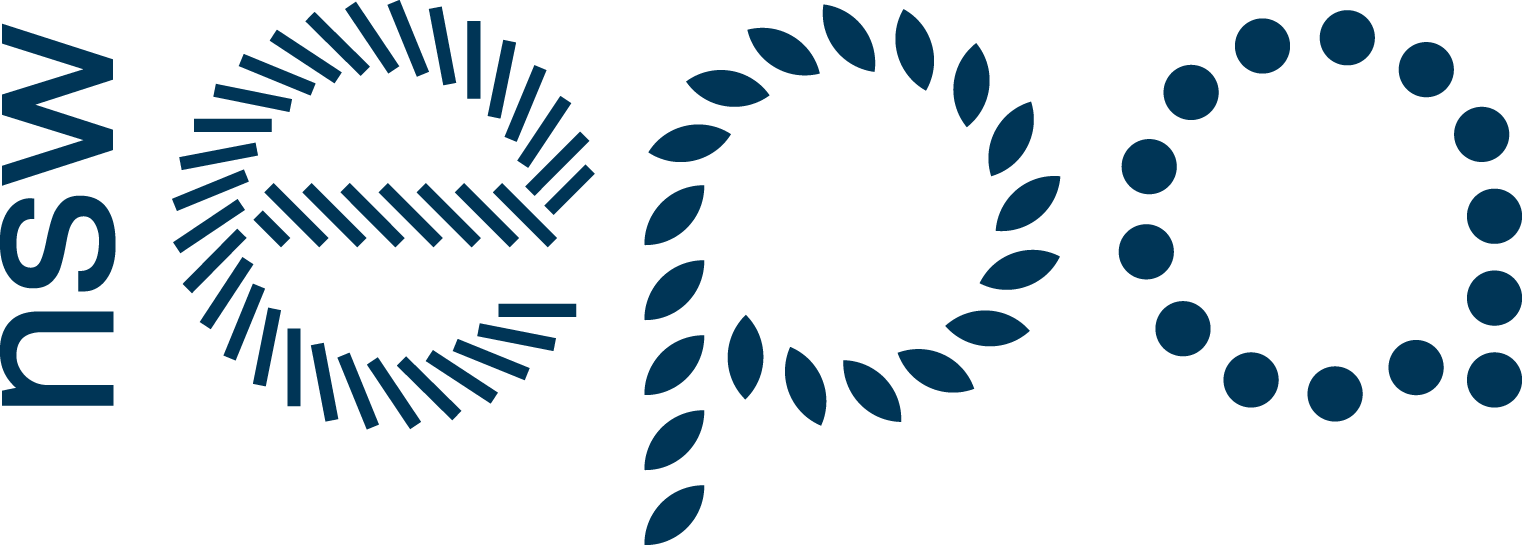All workplaces generate waste, but the type of waste varies from industry to industry – for example, approximately 76% of waste generated by office-based businesses is paper and cardboard while 62% of waste generated by cafés and restaurants is food waste.
The vast majority of these waste streams are recyclable – for example, over 94% of waste in a typical office bin can be recycled, and similarly high rates exist in most other workplaces.
It is well established that waste has huge environmental impacts. To make goods or to provide services resources like minerals, metals, wood, food, fibres, and fossil fuels need to be extracted from the planet. These resources will then undergo a production phase following which, the new products will be transported to markets, stored and consumed. At each stage of this process there is an environmental impact including the release of carbon into the atmosphere which drives climate change.
Sending materials to landfill at the end of their useful lives comes with its own set of impacts including the release of toxic chemicals or greenhouse gases, as well as contributing to litter and solid pollution (e.g. ocean plastic).
Recycling material that is already in the economic system and converting it into an input for other industries equates to less overall harm to the environment.13 It lessens the demand to extract new resources, lowers greenhouse gas emissions, and decreases litter and pollution.
According to General Manager Andrew Laplain, after taking care of glass, cardboard and general waste Cumberland Golf Club realised “the biggest issue we had was a lot of plant waste around the golf course”. So they invested in a wood chipper (with the support of a rebate from the EPA) at the cost of $16,500. The chipper resulted in a 30% waste reduction which meant the club pays $8,000 less on waste transport and disposal fees each year. Their return on investment is just two years. After that they’ll effectively be making money.

Investing in a wood chipper cut Cumberland Golf Club's waste by 30% and saved $8,000 in waste fees.
Make the Case
- Look at existing environment polices or statements that you can use to encourage adoption of better practices. Relevant statements might be included in a sustainability policy or mission statement, annual report or media release. Link the benefits of better waste management to these statements (and remember that good waste practices almost always reduce climate change impacts).
- Link the environmental benefits of recycling to your organisation’s key activities as did Cumberland Golf Club. For example, if you work in the health sector, link environmental health to human health, while surf shops, tourism businesses or beachside cafes might link the message to litter or pollution reduction.
- Find ways to make your organisation’s environmental impact easily understood by colleagues. A great way to do this is to reframe the impacts in terms people can easily relate to and visualise. A statement like, ‘In the last year we have sent enough plastic to landfill to fill this meeting room x number of times,’ is easier for people to understand than ‘In the last year we have sent 150 tonnes of plastic to landfill.’ You can use The Recyculator to assess the climate change benefits of recycling 25 different materials.
The Business Case for Less Waste - Introduction
The Next Step: Using the Brain to Create Change


